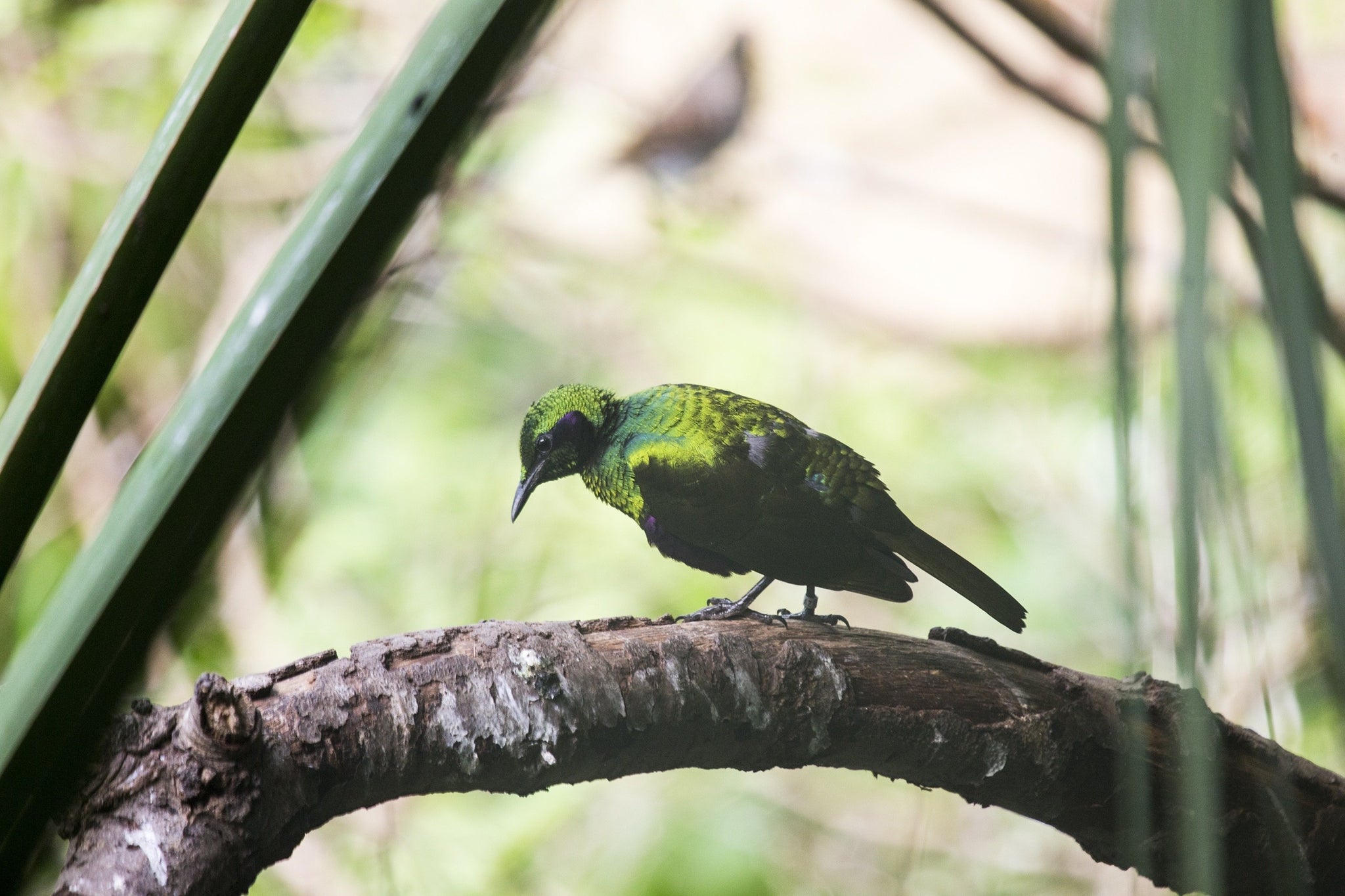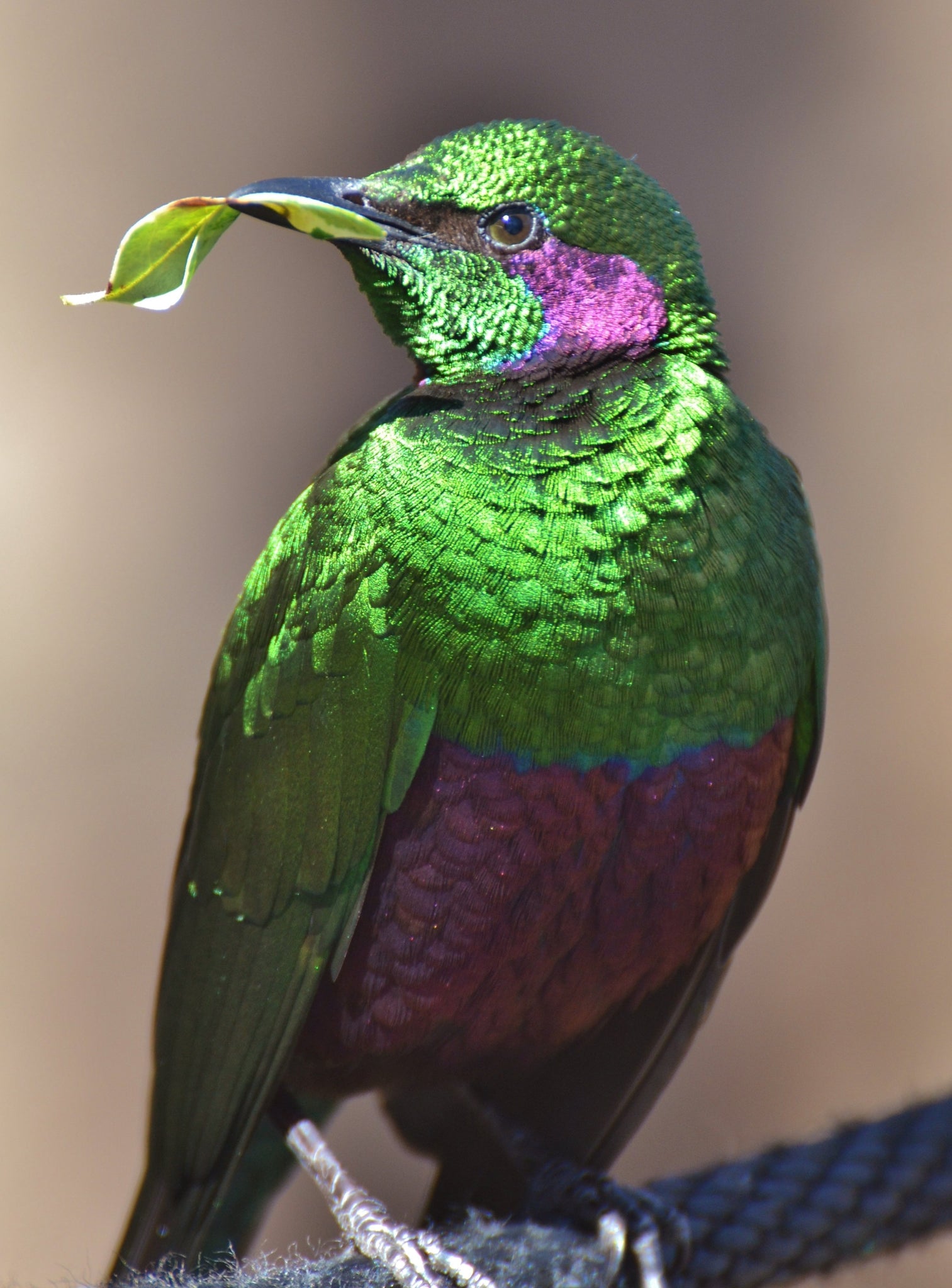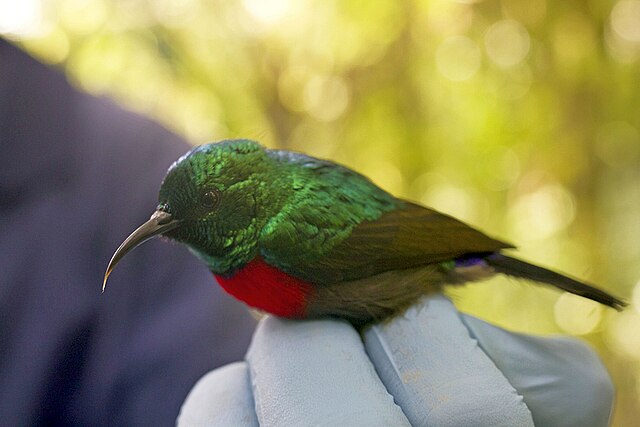The Enigmatic Emerald Starling: A Jewel of the African Savannas
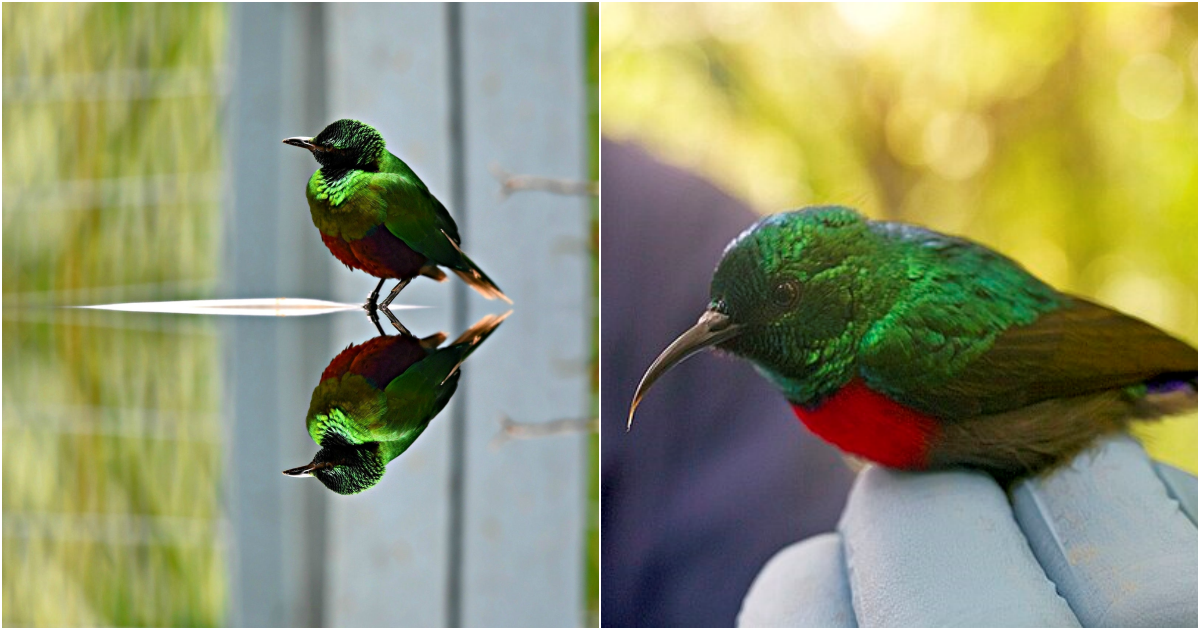
The Emerald Starling, scientifically known as Coccycolius iris, is a captivating avian species found in various regions of Africa. This diminutive starling boasts an exquisite emerald-green plumage, making it a truly mesmerizing sight to behold. Its unique vocalizations add to the allure of this enigmatic bird, which has puzzled researchers regarding its taxonomic position within the avian world. In this article, we delve into the fascinating world of the Emerald Starling, exploring its appearance, habitat, nesting habits, and dietary preferences.
The Emerald Starling’s appearance is nothing short of dazzling. Its metallic-like green crown, wings, tail, and upper body create a striking contrast against the metallic purple underparts and ear-coverts. Remarkably, both male and female Emerald Starlings share these vivid characteristics, making it challenging to differentiate between the sexes based on appearance alone. Despite its small size, this starling’s presence is sure to leave a lasting impression on anyone lucky enough to witness its brilliance.
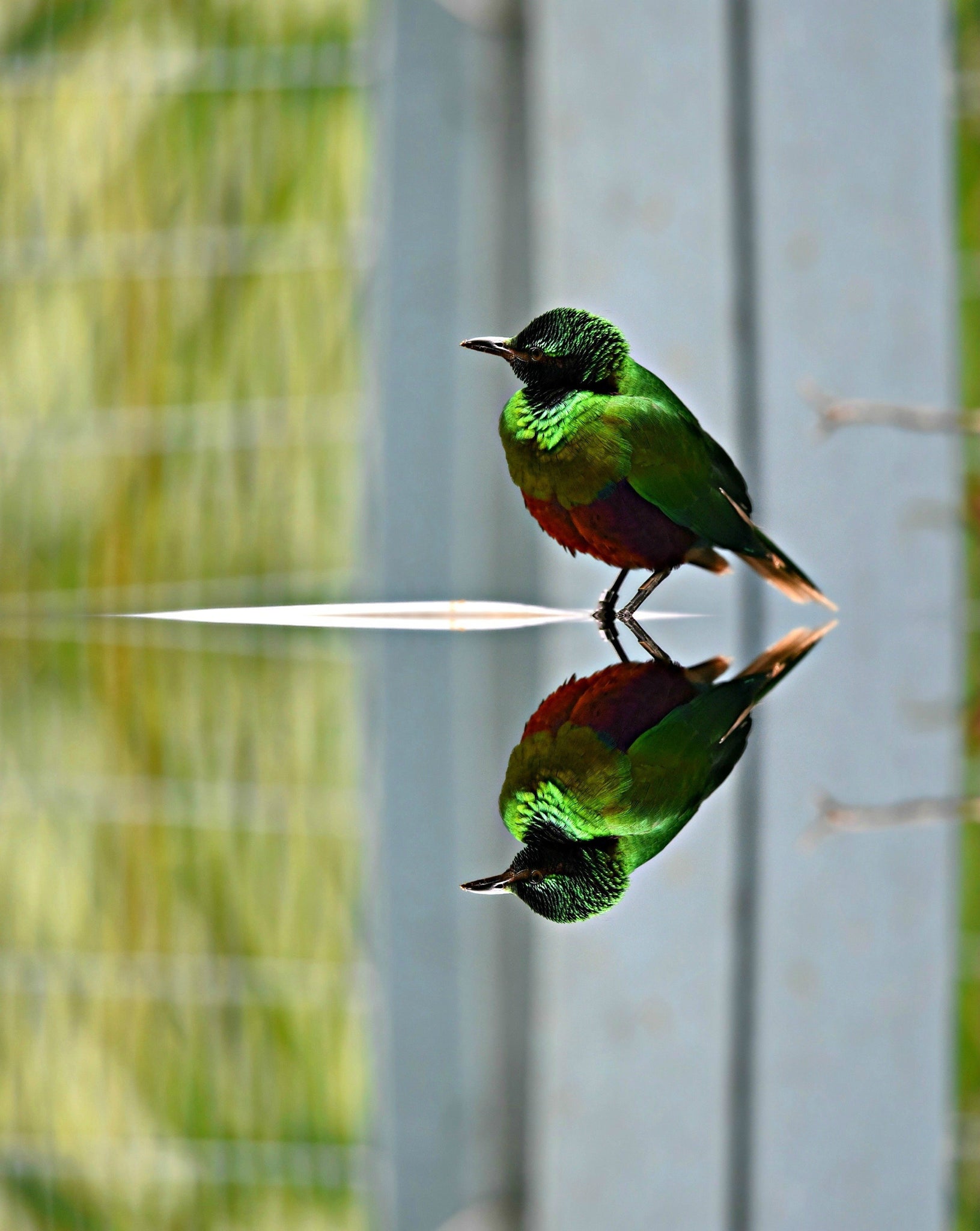
The Emerald Starling can be found throughout West Africa, with populations residing in savannas across countries such as Côte d’Ivoire, Sierra Leone, and Guinea. Within these regions, the species thrives in lowland areas, showcasing its adaptability to diverse environments. While its population size is currently stable, conservation efforts are essential to preserve the unique habitats that these remarkable birds call home.
The Emerald Starling constructs its nest in the cavities of trees, creating cup-shaped abodes for its offspring. These nests serve as safe havens for their young, protecting them from potential predators and adverse weather conditions. Understanding the nesting habits of this species is vital to conservation efforts, as safeguarding their breeding grounds is essential for their continued survival.
The Emerald Starling displays a varied diet, consisting of fruits, seeds, nectar, and insects. This avian omnivore demonstrates its versatility by consuming a wide range of foods, including beetles, termites, grasshoppers, and worms. In captivity, it is crucial to provide them with a balanced diet, including Paradise Earth Premium Softbill Blend, Insect Blend, and a variety of fruits, nectar, and live insects. Maintaining a nutritious diet for captive Emerald Starlings contributes to their overall health and well-being.
The Emerald Starling, with its radiant emerald-green plumage and unique vocalizations, is an avian treasure in the African savannas. As one of the smallest starling species, its beauty and charm leave a lasting impact on bird enthusiasts and researchers alike. Understanding the complexities of its habitat, nesting habits, and dietary preferences is essential for preserving this jewel of West Africa. Conservation efforts and sustainable practices will ensure that future generations can continue to marvel at the mesmerizing presence of the Emerald Starling in the wild.
